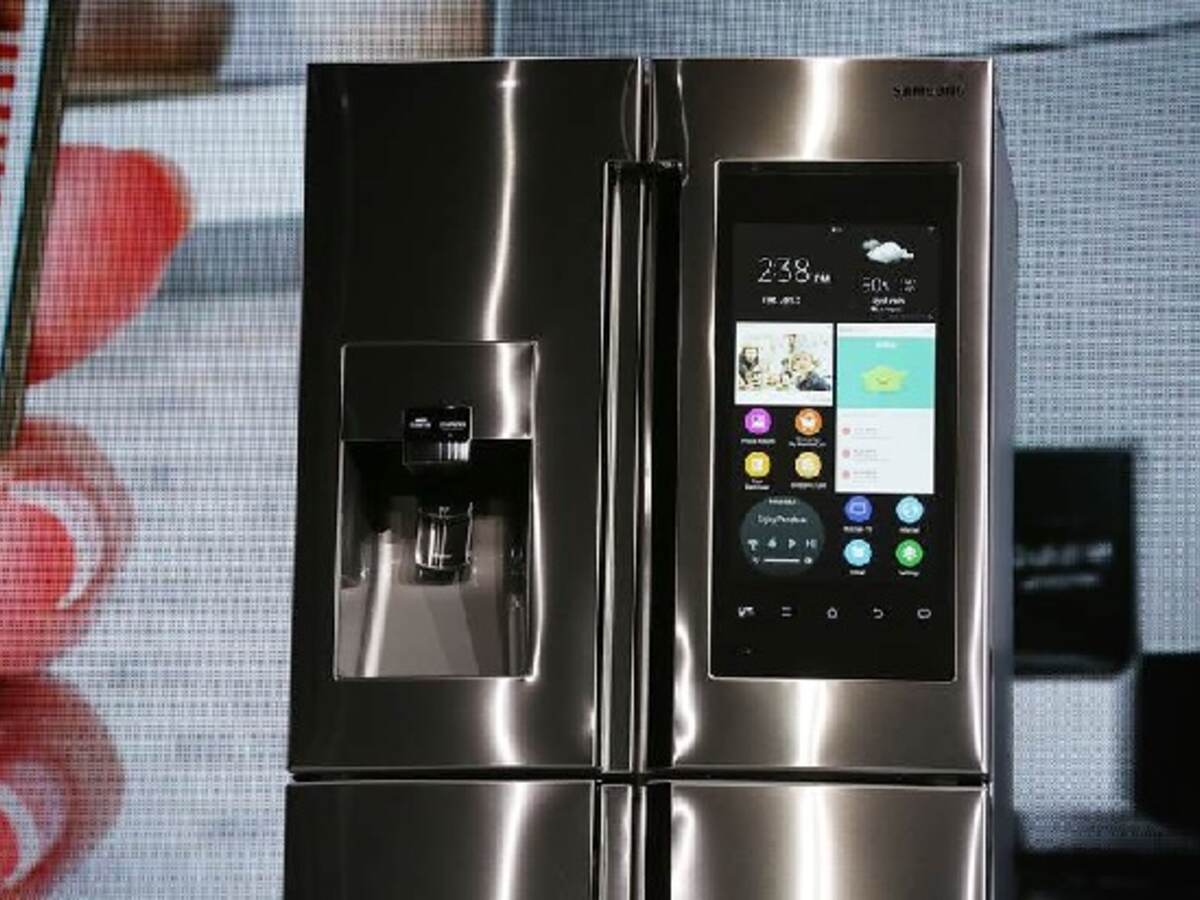April 11, 2017
The smart home market has captivated some early adopters, but struggled to reach the mass market. Early adopters are often willing to invest time and effort with new innovations, working through software issues or bugs — the average consumer; however, may not share this view, causing frustration and potentially rejection of new products.
Research has found the largest barrier to smart home adoption lies within that very issue – poor interoperability, in other words, how devices communicate with each other.
Interoperability is the key to smart home adoption. If a device can’t receive information, process it and act upon that information, it won’t function as consumers hope. Without full functionality, the product may not provide value.
A lab environment can help test for integration between products, software and transmission methods; however, how are manufacturers accounting for issues that arise in a real-life environment?
Communication between two people in a house is often affected by distance, closed doors, ambient noise, etc. Similarly, transmission between two devices may suffer from some of the same factors. The number of walls or ceilings, outside noises, soft carpets, drapes, and furniture can all make it difficult for devices to communicate. In contrast, certain surfaces like tile, windows, blinds and mirrors, can bounce a signal in unwanted directions. Competing signals from a neighbor’s WiFi or interference from multiple connected devices can clog the airwaves and make it difficult for devices to communicate or even connect to the Cloud.
UL is known for pushing products to their limits, and for thinking of every extreme scenario a product may encounter to help ensure its safety and performance. UL is now using this philosophy to help solve the problem of interoperability, with a lab unlike many others.
Tucked away in Silicon Valley, UL rented a two-story home in a small, unassuming neighborhood near UL’s office in Fremont, Calif. The house looks like any normal suburban American home from the outside; however, inside the home are connected smart locks, appliances, sensors, speakers, sprinkler systems and even windows. All this was an effort to create a real-world lab to observe how the devices communicate with one another, and find a way to solve any interoperability issues which may arise.
“The simple, normal look to the house is really the beauty of it,” says Mike Kuo, Vice President of UL’s Consumer Technology Division. “Creating a real-life environment helps UL engineers understand how devices react in real-life scenarios, all with the hope of helping products perform as expected and designed.”
For now, interoperability issues among smart devices have largely been contained to performance; however, what happens when communication discrepancies bleed into safety — like being locked out of the house, or left without a working smoke alarm?
Now, UL is not just testing to help ensure devices are properly communicating during normal operating conditions, but are looking at what happens when the WiFi goes down, there is a low Internet signal, the power goes out, and other possible scenarios which may affect connected devices.
Through testing and inspection, UL is helping to make the house of tomorrow and what was once tech mythology, a reality.

